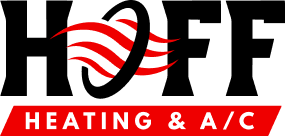Are Air Scrubbers Efficient?
Effective home filtration systems are essential. You depend on these solutions to sustain a healthy indoor air environment. Here, we compare air scrubbers to traditional HVAC filters. We’ll also examine their efficiency in removing pollutants, energy consumption rates, health benefits, and more. You can rely on the following guide to help you decide on the best air filtration system for your O’Fallon, MO home. By the end, you’ll find sufficient insight into which solution best suits your air filtration requirements. Understanding Air Scrubbers vs. Traditional HVAC Filtration Systems Air scrubbers leverage their advanced design to improve interior air quality. They actively remove pollutants such as dust, pollen, volatile organic compounds (VOCs), bacteria, and select viruses from your indoor breathing environment. Air scrubbers draw in contaminated air through a series of filters. Pre-filters capture larger particles, while subsequent filters — often HEPA or activated carbon — target smaller particles and gaseous contaminants. Some air scrubbers also employ UV light or ionization to neutralize pathogens further. The cleaned air then recirculates back into the environment for a comprehensive purification solution. Traditional HVAC filtration systems, in comparison, are integrated into residential or commercial heating, ventilation, and air conditioning units. These systems primarily use...
View Article Read More
 Call Us Today
Call Us Today
